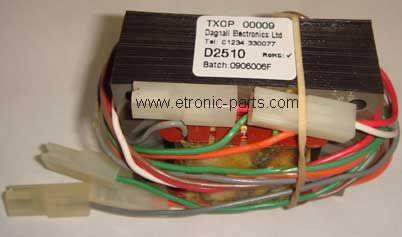I've got a Marshall 20-20 on the bench with a history of failed OPTs prior to me getting it; 2 with OC primaries and another with one half of the primary with a shorted turn. I've seen the odd 2020 before with a transformer failure, but this seems unusual. B+ is 400v. The problem is not exclusive to one channel.
Has anyone else had a similar experience? I was thinking of fitting MOVs or flyback diodes for added protection. Given the diminutive size of the transformers and power output they're probably on the limit anyhow and it wouldn't take much to kill them. I've had the main board out to check for bad joints. Couldn't see any but re-soldered the output sockets anyway. The spade terminals are good, new tubes, correct bias.
It all looks good and ready to go. I've got a pair of new transformers but don't want to see it coming back.
Hmmm........
Has anyone else had a similar experience? I was thinking of fitting MOVs or flyback diodes for added protection. Given the diminutive size of the transformers and power output they're probably on the limit anyhow and it wouldn't take much to kill them. I've had the main board out to check for bad joints. Couldn't see any but re-soldered the output sockets anyway. The spade terminals are good, new tubes, correct bias.
It all looks good and ready to go. I've got a pair of new transformers but don't want to see it coming back.
Hmmm........
 and leaves behind a shiny fluxed copper surface, ready to solder.
and leaves behind a shiny fluxed copper surface, ready to solder.

 :
:





Comment